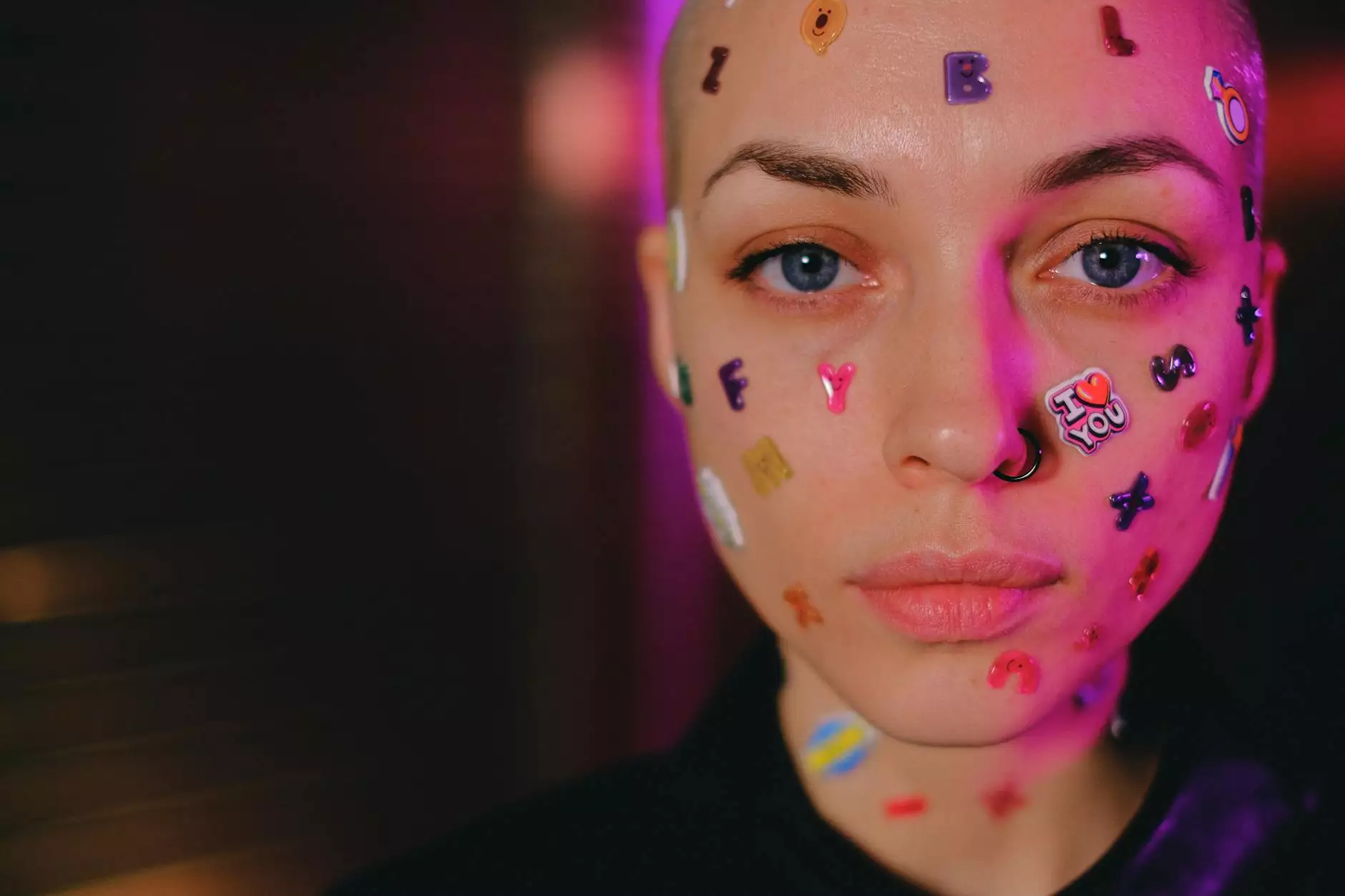Painterly 2-Minute Tips: Ancillary Tools
Blog
Welcome to Sable’s Face Painting, your premier destination for all things face painting. In this article, we will delve into the world of ancillary tools that every professional face painter should have in their arsenal. Mastering the use of these tools will enable you to elevate your art to new heights and create stunning designs that will leave a lasting impression.
1. Brushes
Brushes are an essential tool for any face painter. They come in various shapes and sizes, each serving a specific purpose. The most commonly used brushes in face painting include flat brushes, round brushes, and liner brushes.
Flat brushes are perfect for covering larger areas quickly and efficiently. They provide even coverage and are ideal for creating base colors or applying background patterns. Round brushes, on the other hand, are versatile and can be used for both thin lines and broader strokes. They are great for adding intricate details and outlining designs. Liner brushes are perfect for creating fine lines or adding delicate accents.
2. Sponges
Next on our list of ancillary tools are sponges. Sponges are extremely versatile and can be used to create a variety of effects. They are perfect for blending colors seamlessly, creating gradients, and adding texture to your designs. When using sponges, make sure to dampen them slightly and tap off any excess moisture before applying the paint. This will ensure smooth and even distribution of color.
3. Stencils
Stencils are a fantastic tool for adding intricate patterns and designs to your face paintings. They come in a wide variety of shapes and themes, allowing you to create professional-looking designs with ease. Stencils are particularly handy when working on larger events or when you need to create multiple designs in a short amount of time. Simply place the stencil on the desired area, hold it gently, and sponge or brush the paint over it. Remove the stencil, and voila! You have a beautifully detailed design in no time.
4. Glitters and Gems
No face painting session is complete without a touch of sparkle. Glitters and gems add a magical element to your designs and make them truly stand out. You can use cosmetic-grade glitters and adhesive gems to enhance certain areas of your design, such as eyes, cheeks, or even the entire face. Make sure to use skin-safe glitters and adhesive to avoid any irritation or discomfort.
5. Palette
A well-organized palette is crucial for every face painter. It allows you to have all your colors readily available and makes the painting process much more efficient. Consider investing in a palette that has separate wells for each color, allowing you to mix and blend them as needed. Having a good range of colors at your fingertips will enable you to unleash your creativity and produce vibrant, captivating designs.
6. Practice Tools
Lastly, don't forget about practice tools. These include practice heads, practice boards, and practice paints. Practice heads and boards allow you to hone your skills and try out new techniques without using actual faces as canvases. Practice paints, often consisting of washable or removable colors, are perfect for experimenting and refining your painting style.
In conclusion, mastering the use of ancillary tools is essential for any professional face painter. By utilizing the right brushes, sponges, stencils, glitters, gems, a well-organized palette, and practice tools, you can take your face painting skills to the next level. Remember to always prioritize safety by using high-quality, skin-safe products, and practice regularly to improve your technique. Elevate your art with these advanced techniques and create mesmerizing face paintings that will captivate both children and adults alike.
Join Sable’s Face Painting today and unlock the secrets to becoming a true face painting artist!










